The stories we write or tell about ourselves come from within us. Now in lockdown, we turn to a screen and a digital image to make contact with people. Videophones and Skype seemed normal – I looked at you looking at me. I was still inside myself and our gaze was shared. When I Zoom to the “Screen” to be with friends and family I can see myself as well. For the first time, my own face is a barrier outside me. I once had a dear friend called Wardie who I loved for her straightforward kindness. She was small, bespectacled, with uneven rabbit teeth and a Lancashire sense of humour. She quoted Woodrow Wilson – “For beauty I’m not a star, There are others more perfect by far, For my face I don’t mind it, For I am behind it. It’s the people in front that I jar!” That quote makes me realise what a fundamental change is happening to our idea of our “self” by this “barrier” of a digital image on a screen.
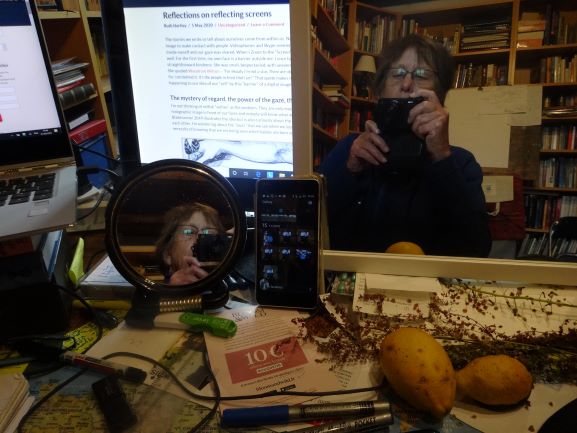
The mystery of regard, the power of the gaze, the necessity of eye contact
I’m not thinking of selfish “selfies” as the problem. They are only masks we hide behind. One day we will hang a holographic image in front of our faces and nobody will know what we really look like. This beautiful clip of Joi from Bladerunner 2049 illustrates the idea but is also curiously about the merging of souls that occurs when we truly see each other. I’m wondering about the “souls” that we see when we look into another’s eyes. I’m wondering about the necessity of knowing that we are being seen with which babies are born.
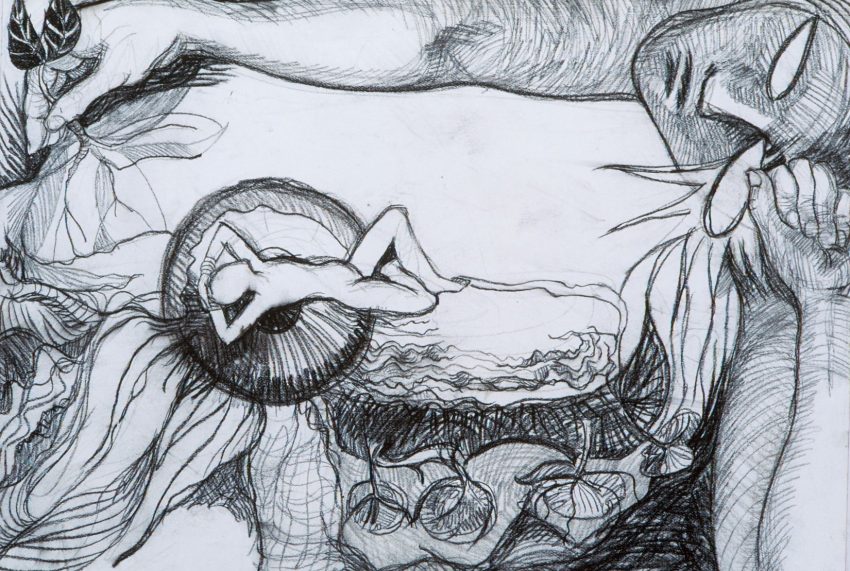
The dangers of being seen or not seen
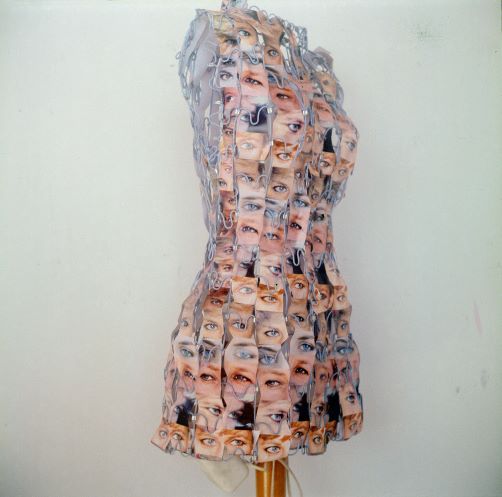
It is terrible to be disregarded, to be overlooked, to belong to the unseen, to go unnoticed. To tug hopelessly at your parent’s sleeve, to have a door slammed in your face by a lover, to be shut up, to be locked away, to be isolated. It is terrifying to be under guard, to be watched, to be secretly observed by the stalker, to look into the eyes of the rapist, to never escape the eye of Big Brother. Here we are in the Days of the Coronavirus, doing a different kind of Co-vid-eo-watching not only of others – but of ourselves as detached and disembodied emanations on a screen. What will this do to us? What will it change in our reality?
Let’s get behind the screen. No! Let’s face it from behind
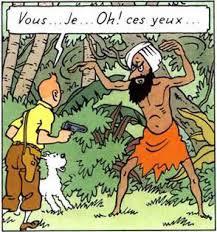
I don’t understand Liquid Crystal Display screens but I know modern life and my life depend on them – this link explains the sorcery of their nature. The idea of the LCD screen brings me back to the idea of light and the way we have always believed in the magic of the eye. There’s plenty of references to the power of the eye in movies. Don’t look at the eye of the witch, the robot or the god – it will have control over you. Apparently Empedocles believed that Aphrodite created the human eye by combining fire, air, water and earth and gave it sight by igniting it.
The science and the psychology of sight
That may be untrue but modern psychology recognises the significance of seeing, in both child development and in human relationships, that seeing is not about staring at the outward shell of a human, but a glimpse into their soul. I ask myself as I share a Zoom screen – what is this new technology doing to my soul and to me? Suppose someone stole my image and I was left faceless – would I still see if I couldn’t be seen? Our eyes are after all. part of our brain.
Writers writing about the light of – and in – our eyes
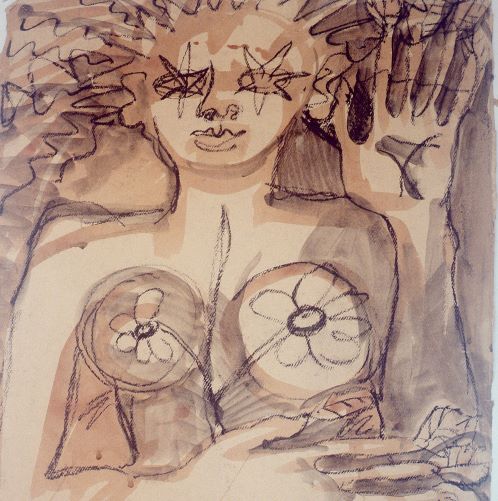
When I started this post I was struck by the idea that so many writers write their stories from an interior place – inside a character – inside a plot or a theme or a group of people. So much in writing depends on readers “seeing” through the eyes of the characters and the situations in a story. So much light and illumination come to the reader by the way the writer opens their eyes to his world. This is definitely NOT done through descriptive and floral writing, but by letting the reader follow the beam of light that comes from the character’s eyes. Eyes are about feelings and knowledge and discovery. Doris Lessing is a writer who takes us on these visualising journeys down roads followed by the “souls” that she writes about. This is important and essential for a writer to understand.
As I stare at a separate “me” on a Zoom screen in front of me I wonder if I’m splitting apart. What are the possibilities of different existences in different universes and times and dimensions? How might we see ourselves and our souls in future and past worlds? Here – as Doris Lessing says – we move forward in the light of the beam from our eyes.